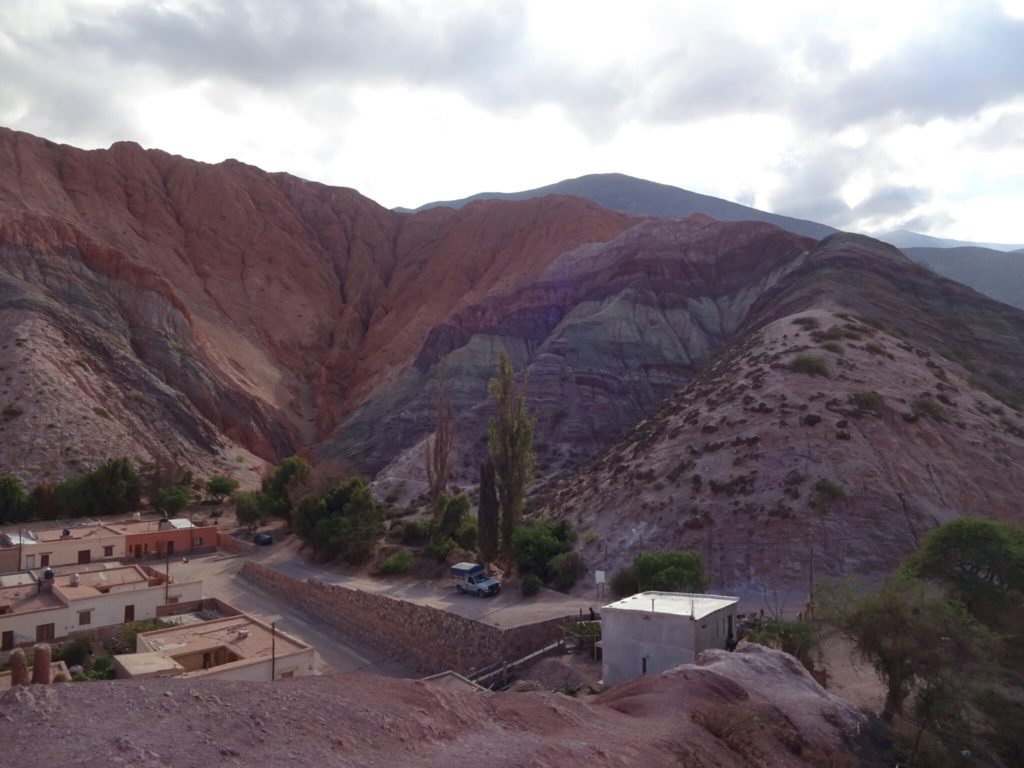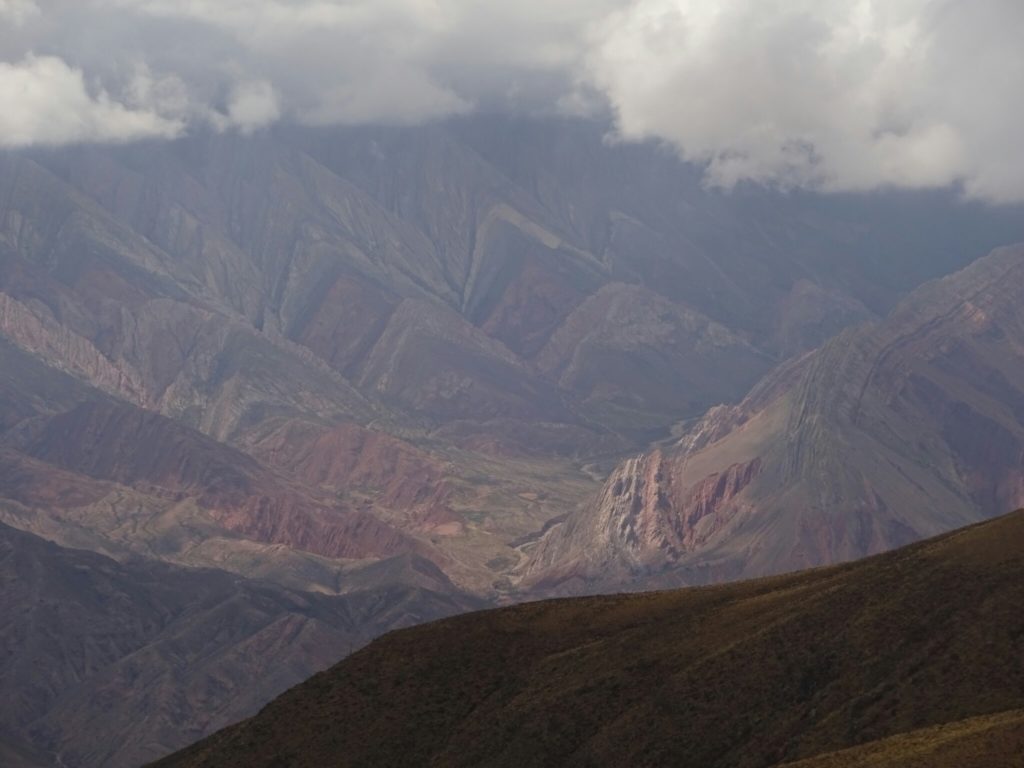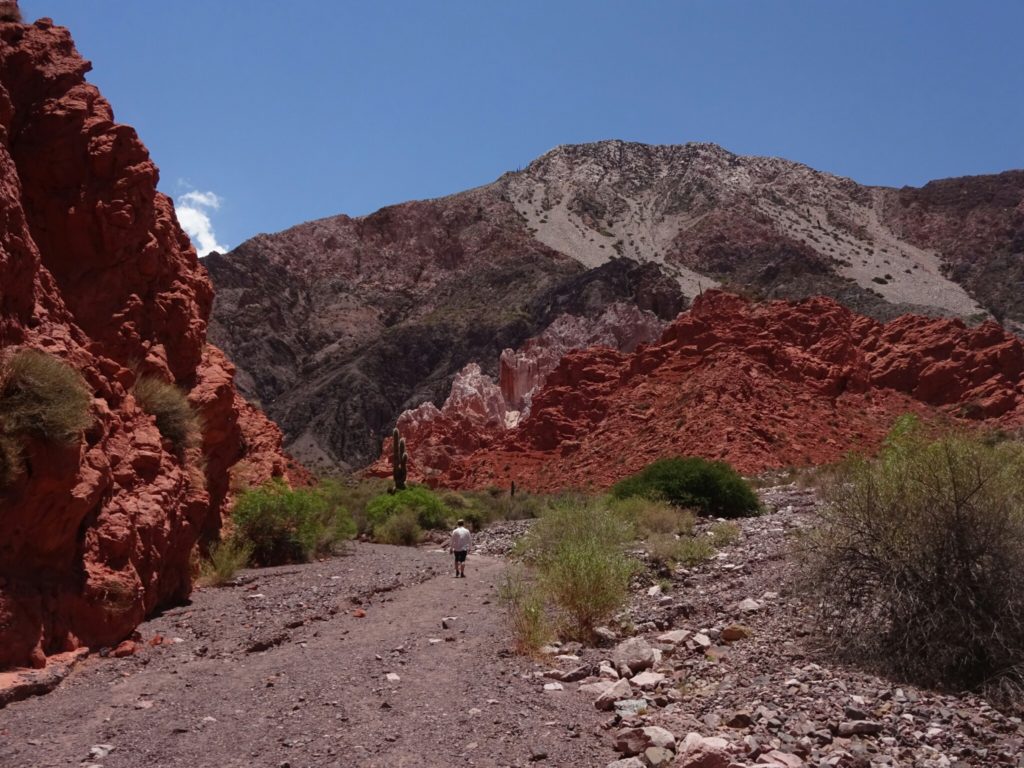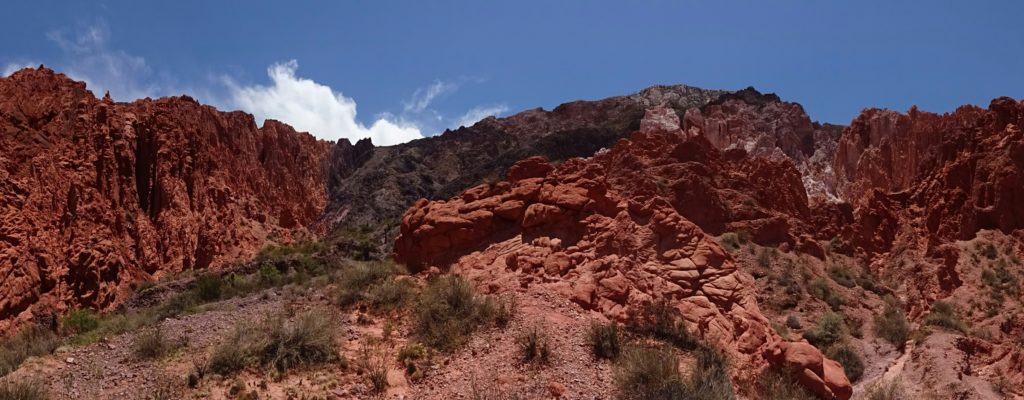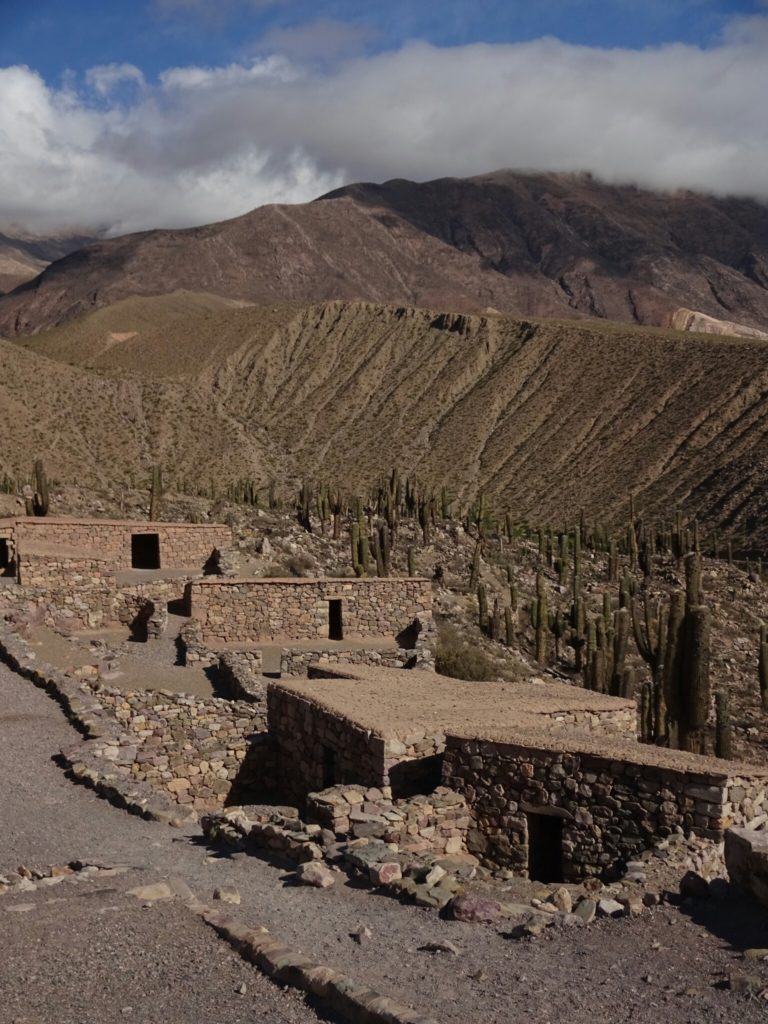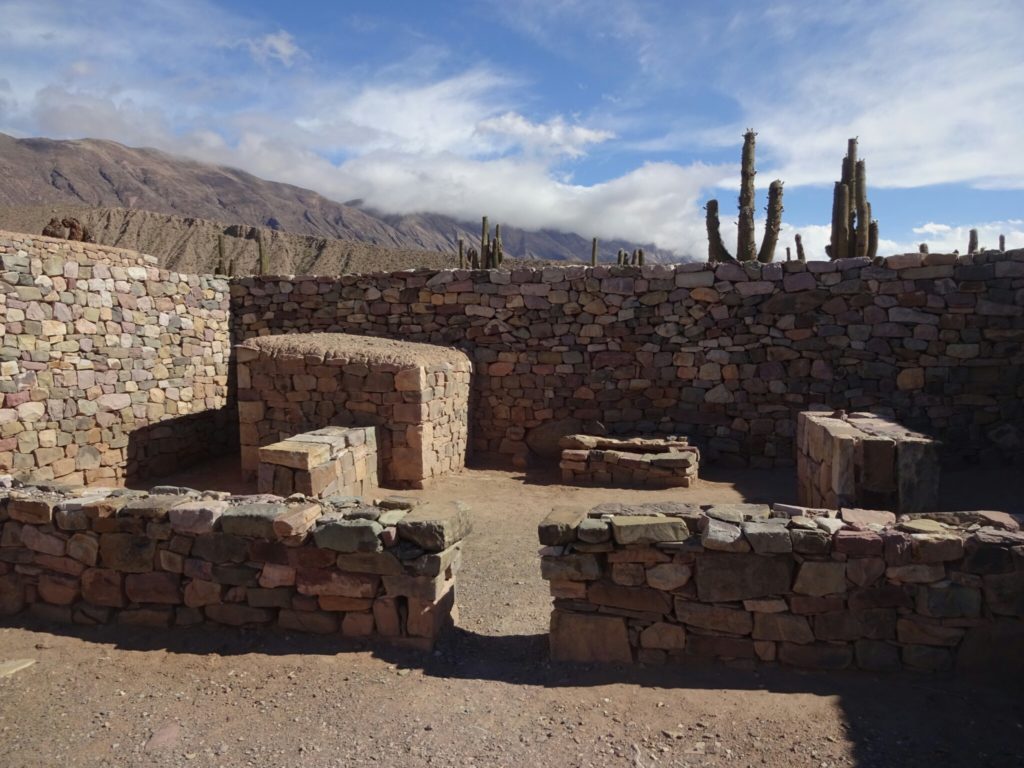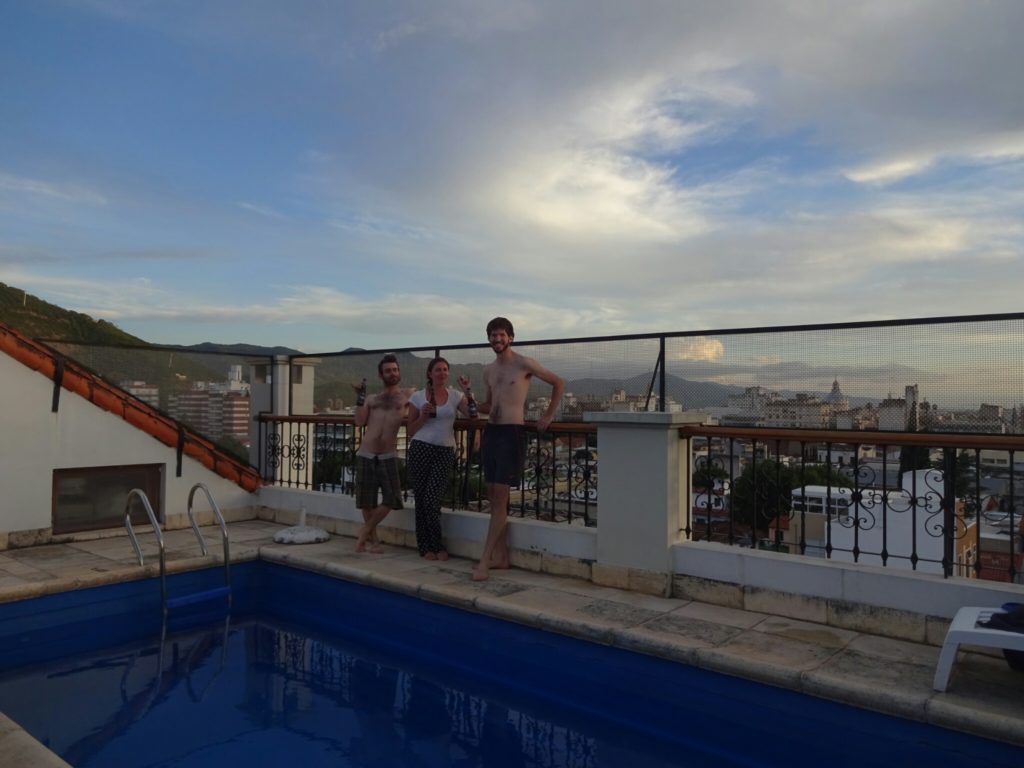As I was stuck in Chaiten for two days, I was looking for some ideas of what to do. When I woke up in the morning it was gray and rainy and I was not in any mood of climbing a volcano, which was a trip offered by Nicholas, the friendly local who is attending the bus station next to organizing day trips in the area. Around noon I left my bed&breakfast to find a place for doing my laundry. After an unsuccessful search, I passed by the bus station again to find Nicholas with a group of people. They had not gone to the volcano, but instead were planning a trip to some hot springs in the neighboring valley. That sounded like a great idea, just the right kind of activity for this weather!
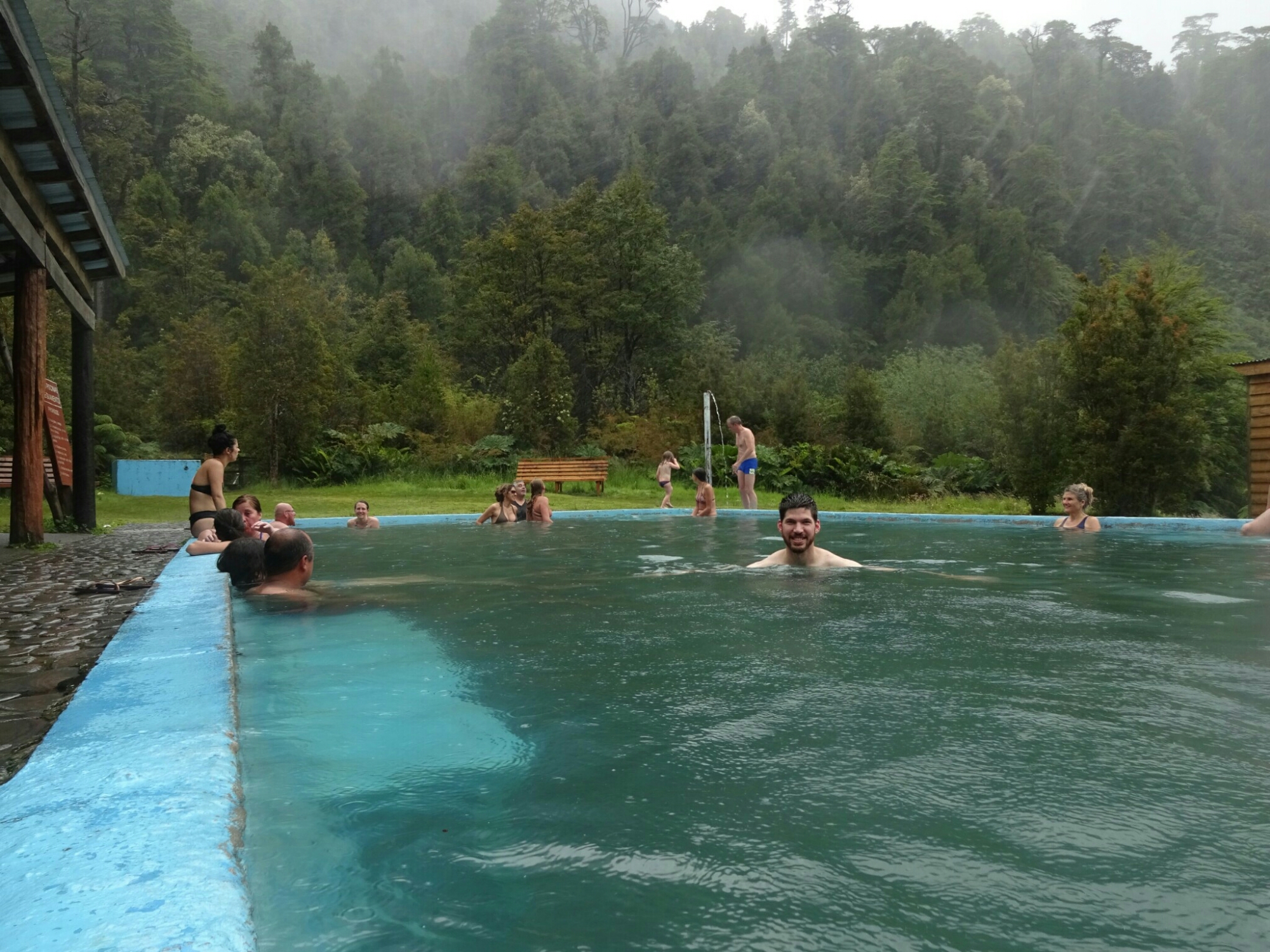
The next day the weather had improved substantially. With Philipp, whom I had met the day before on the trip to the hot springs, I decided to join a full day trip to Pumalin Park, offered by Nicholas . The park was established by “The North Face”-founder Douglas Tompkins in the 1990s and has been a nature reserve ever since. It’s one of the largest private nature reserve in the world and includes the Chaiten volcano, a dense temperate rainforest and some waterfalls.


We started off with the base of the volcano, with an explanation of different kinds of volcanic rocks. When looking up, we noticed that most trees in the area were dead and had only their trunks remaining. This is a result of the eruption of the Chaiten volcano in 2008, where the winds in the vicinity of the eruption were so strong, that it snapped most trees with a large crown as they had too much wind resistance.


A little further down the road we visited an ancient forest with Alerce trees. They grow up to 60-70 m and have a lifespan of several hundred to thousands of years. Their bark was used for fixing wooden ships, as it expands when coming in contact with water. Now they’re under special protection and their bark is covered with different kinds of mosses, from an almost transparent one to an umbrella moss, which unfolds with high humidity to absorb water.


On our way back Philipp and I dropped out of the tour at the base of the volcano. The weather was even better now and we wanted to get a look into the crater. After a bit more than an hours hike we reached the rim, where we got a good view of the mountain of rubble and ashes, which was formed in the crater and which is still emitting smoke.

After getting a lift from other hikers back to Chaiten, we visited the part of town that was left as it was after the eruption. Since there was no record or oral tradition of a previous eruption of Mount Chaiten, the eruption came quite unexpected. Nevertheless they managed to evacuate everyone, but did not clear the riverbed. Here, dead trees and the ashes in the water blocked the riverbed, which lead to an inundation of the town, where the ground-floor of some houses was covered by up to 1.5 m of mud.


In the end my prolonged stay in Chaiten turned out to be pretty interesting. With Philipp and two other guys he had met before, I set over to Isla de Chiloe. And while they were exploring the national parks of the island, I had only limited amount of time and went straight to Castro, the biggest town on the island. In Castro I visited Daniela, a friend of a friend of a friend. Unfortunately she had only a little bit of time, but she still showed me parts of the town, including the church of San Francisco, which is one of thirteen timber churches on the island that are part of the world heritage.



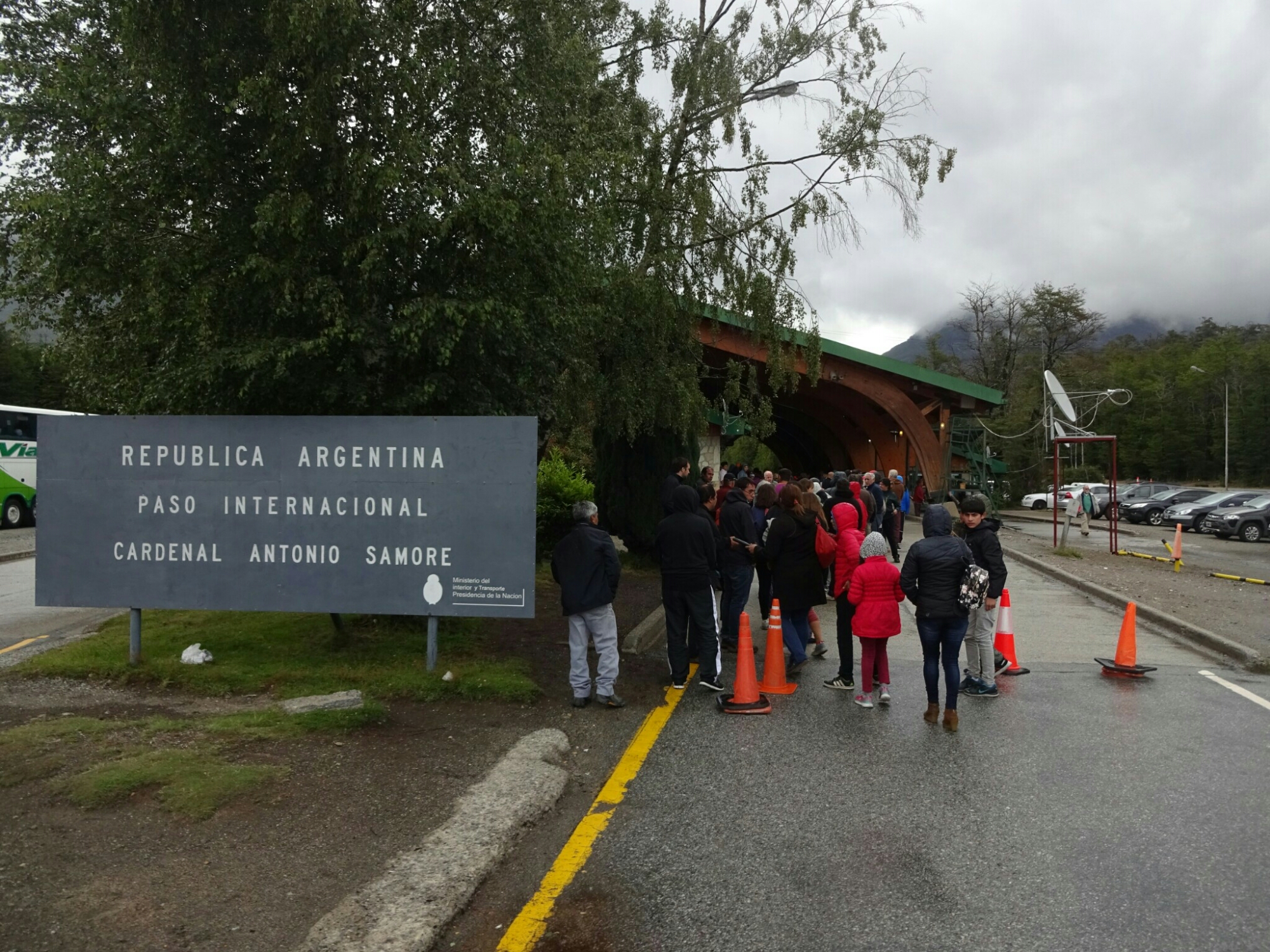



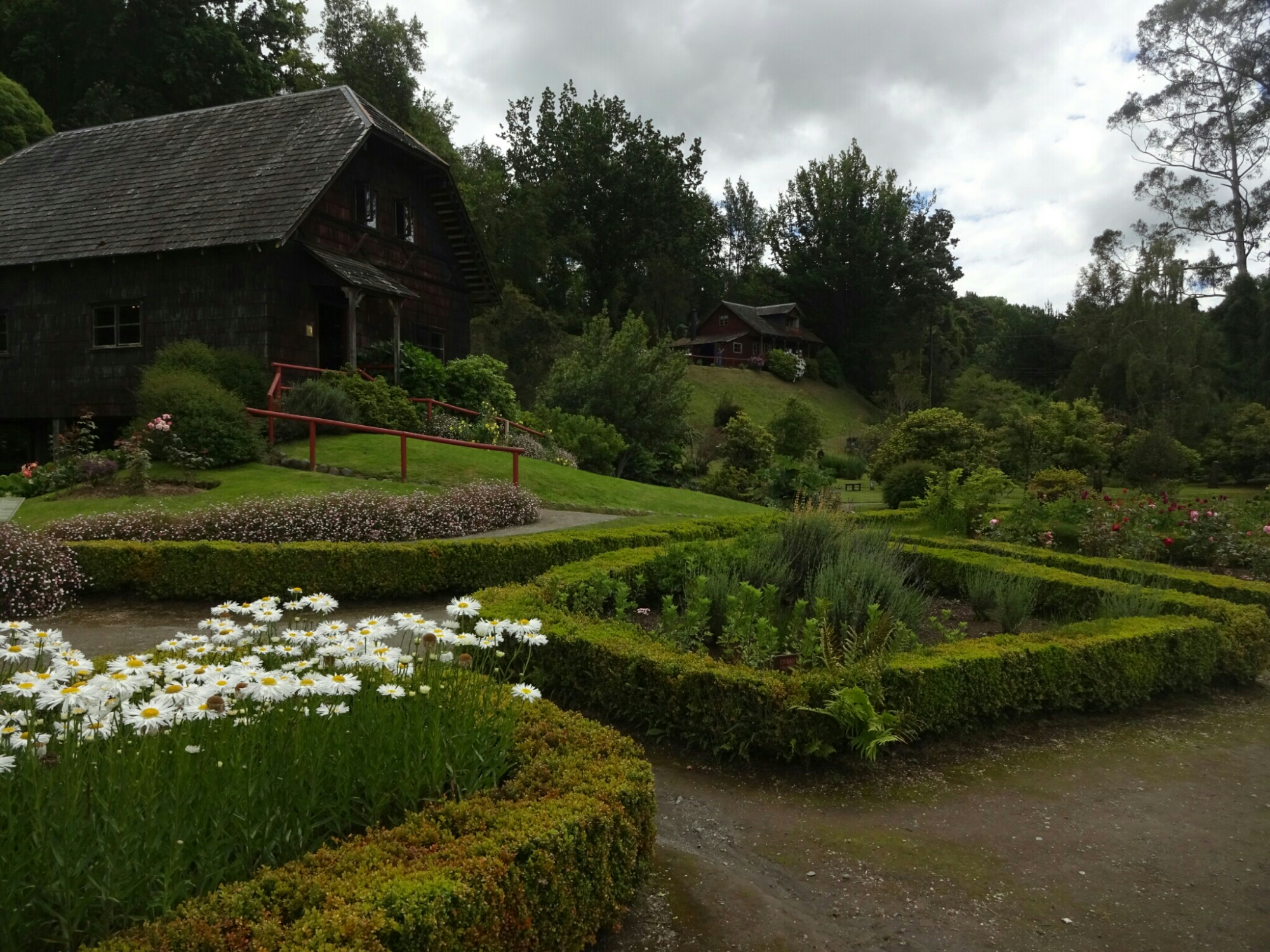





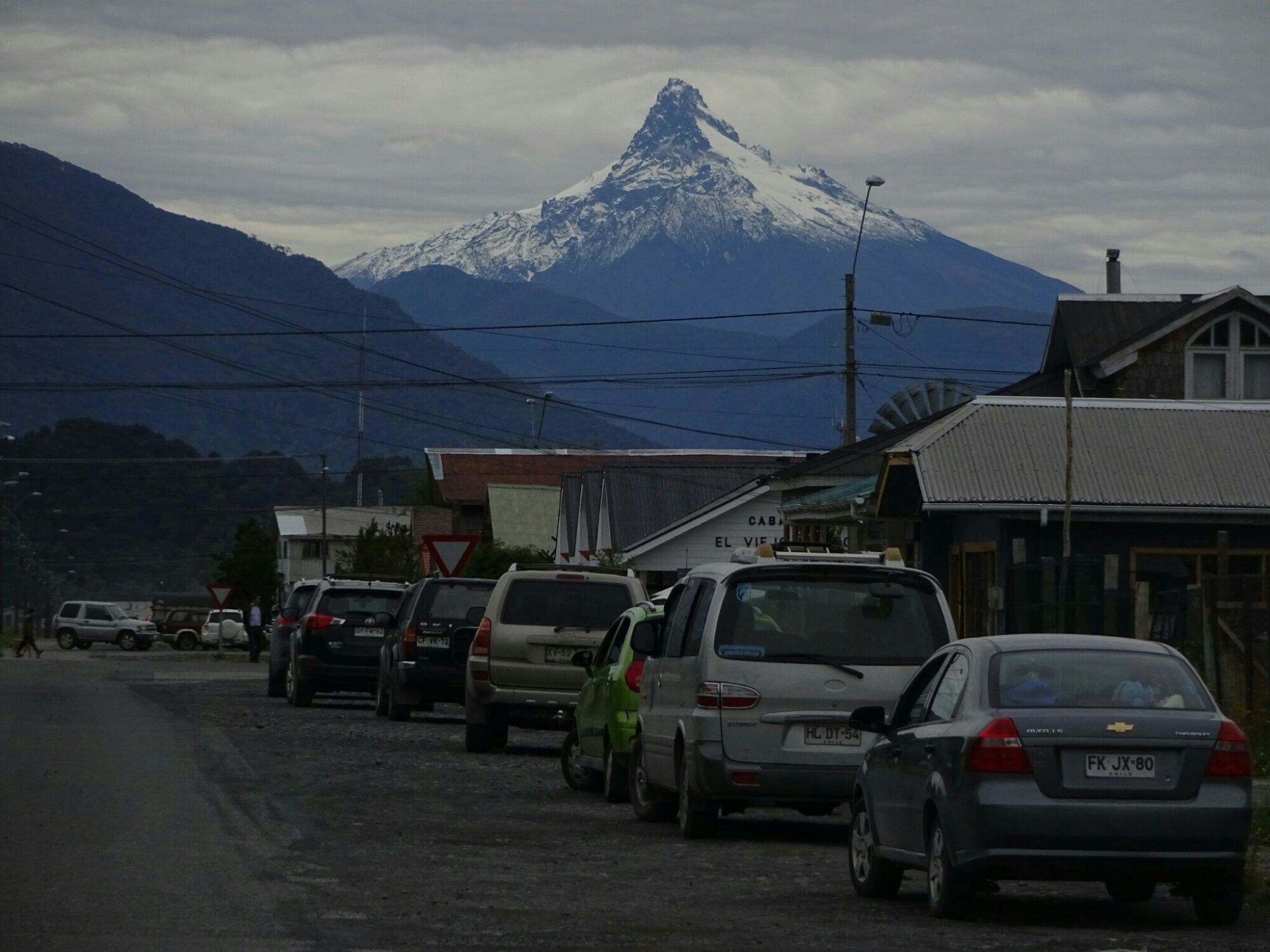






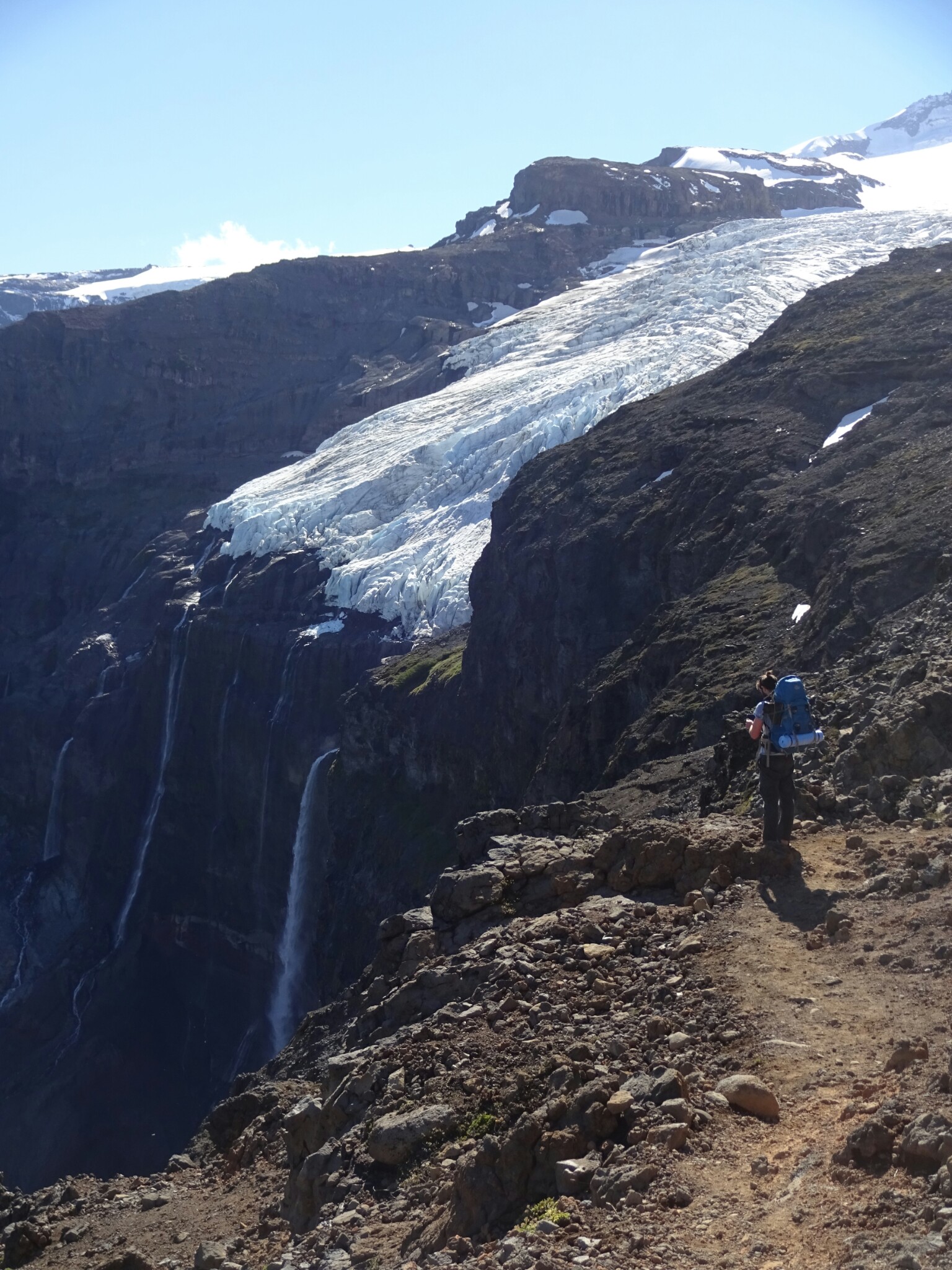








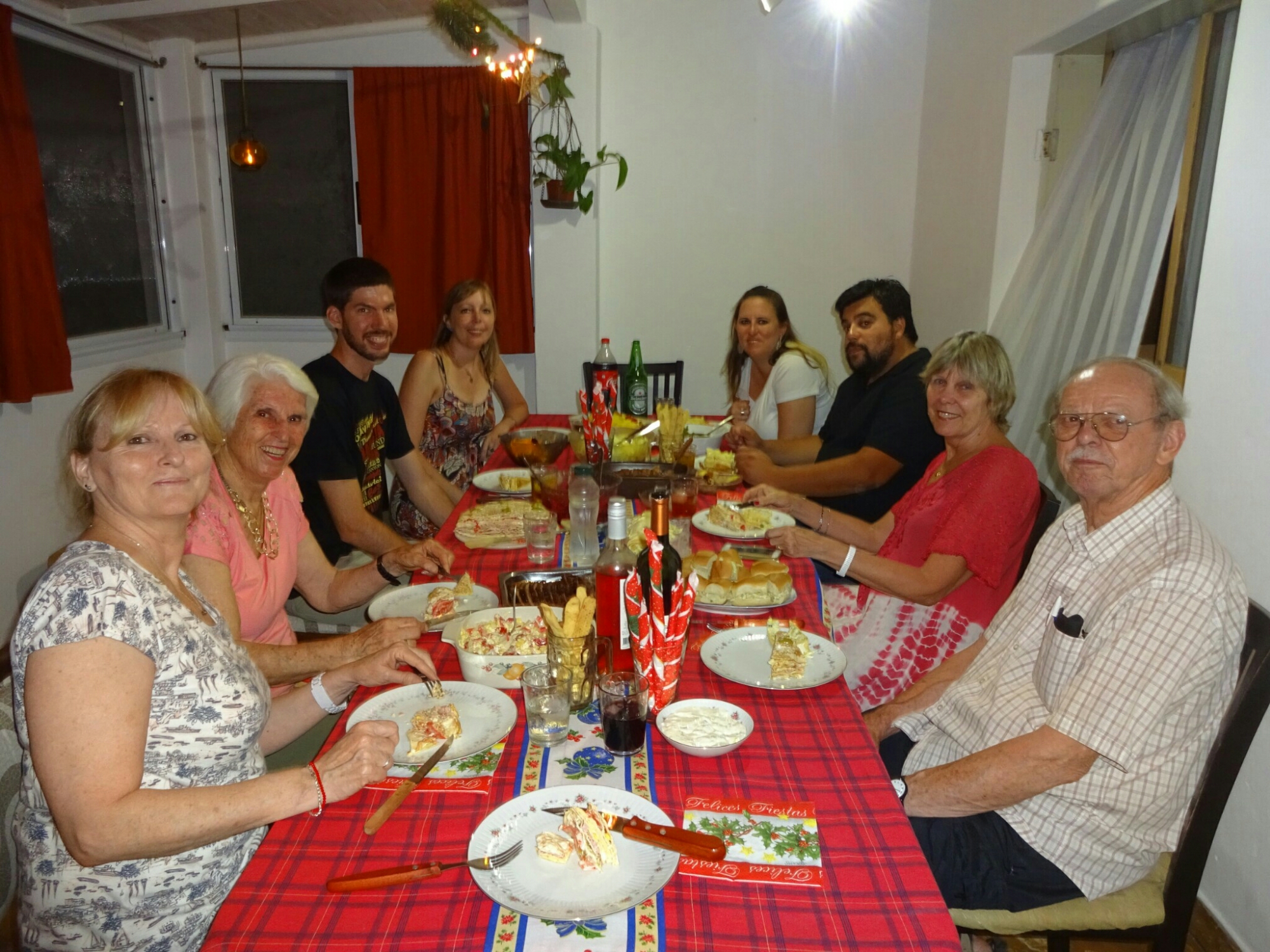

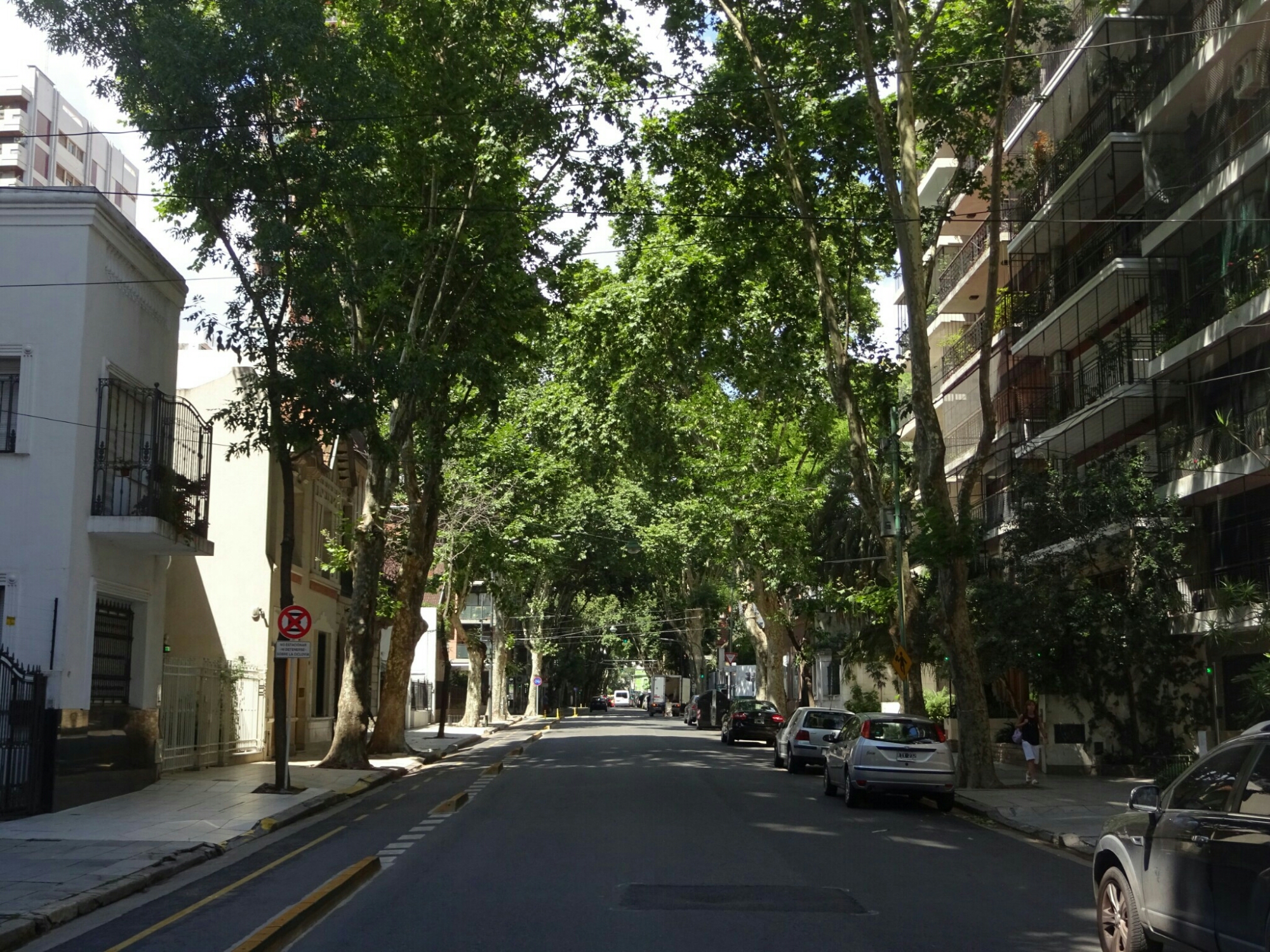
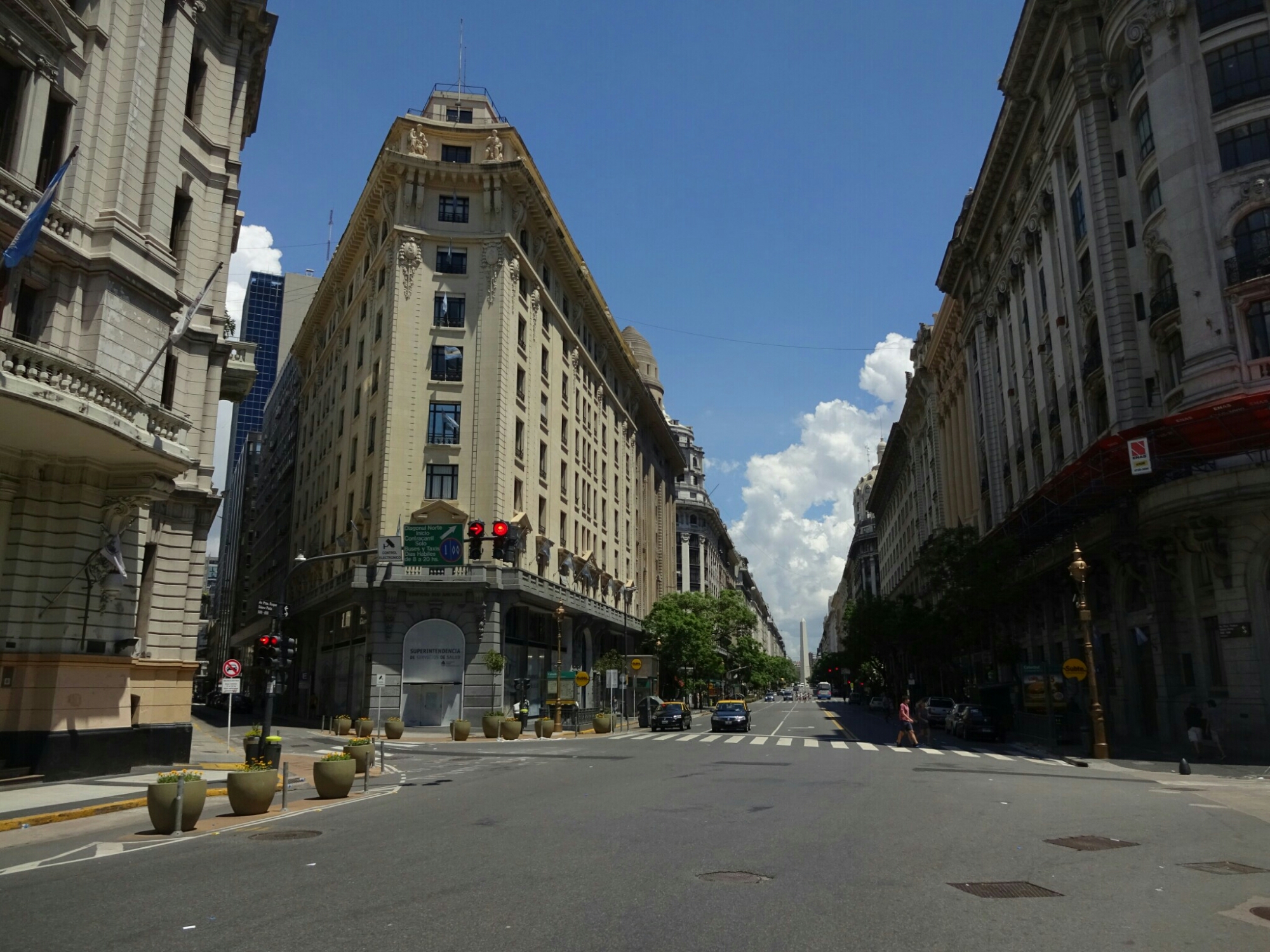
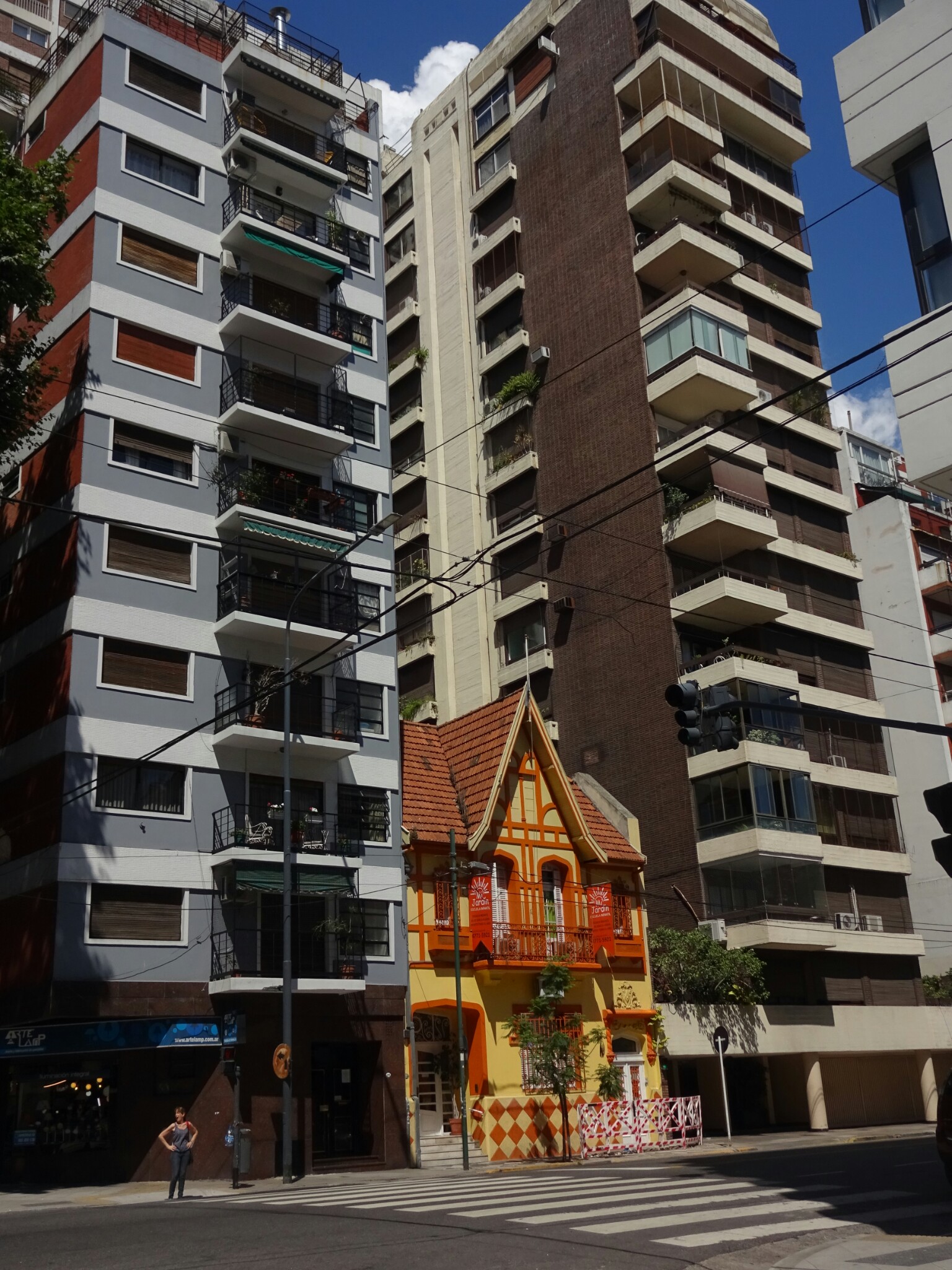

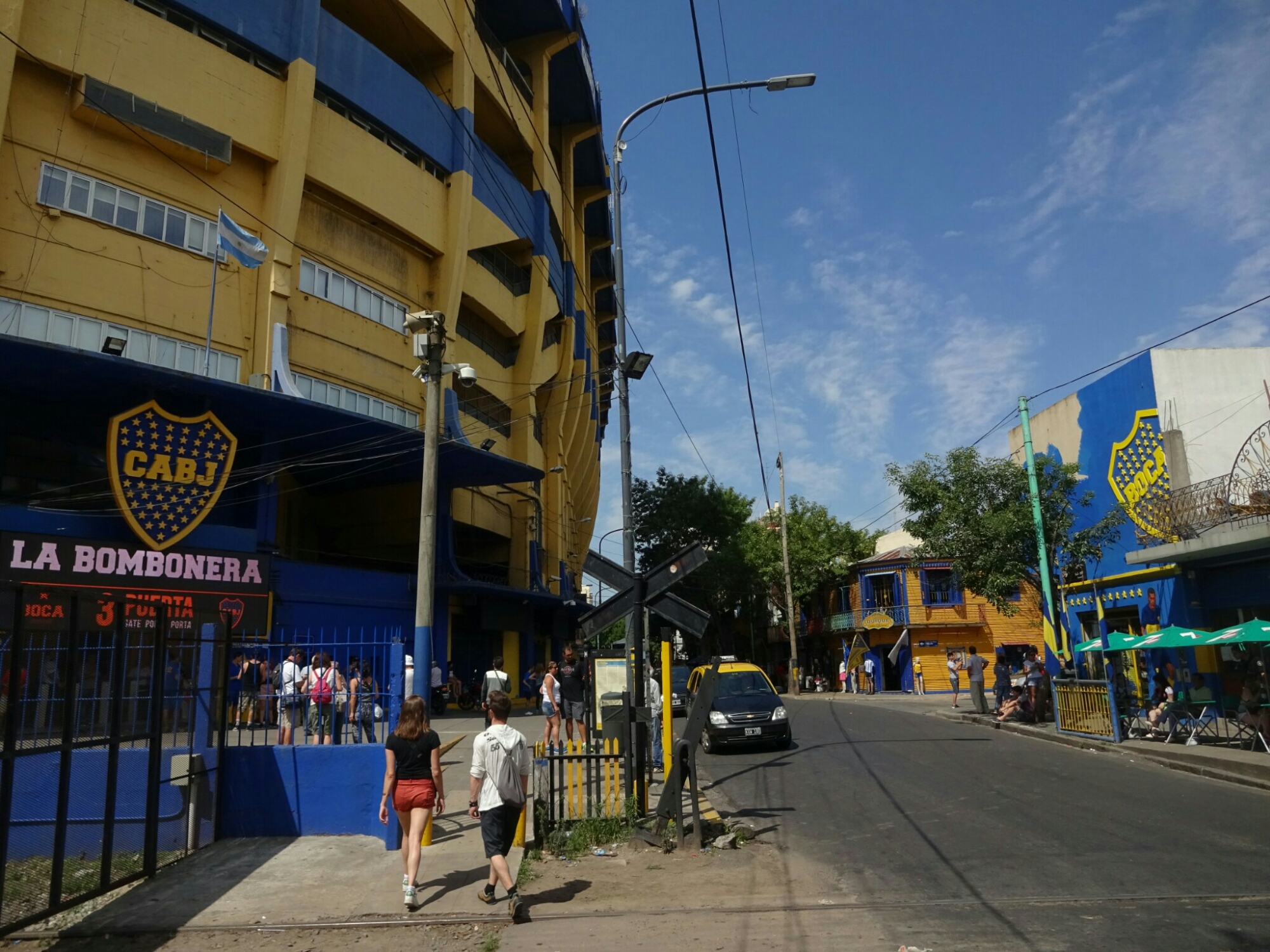
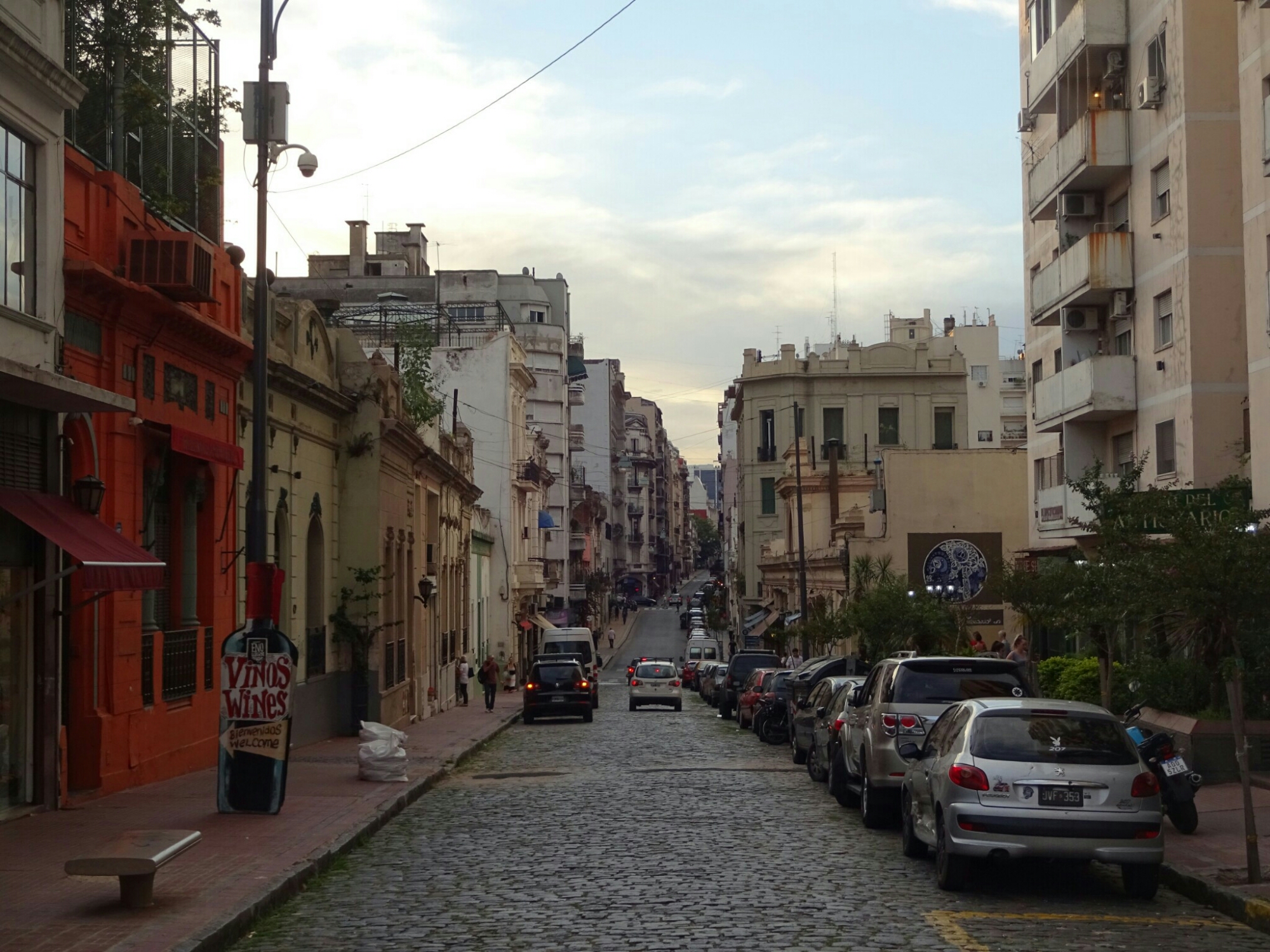
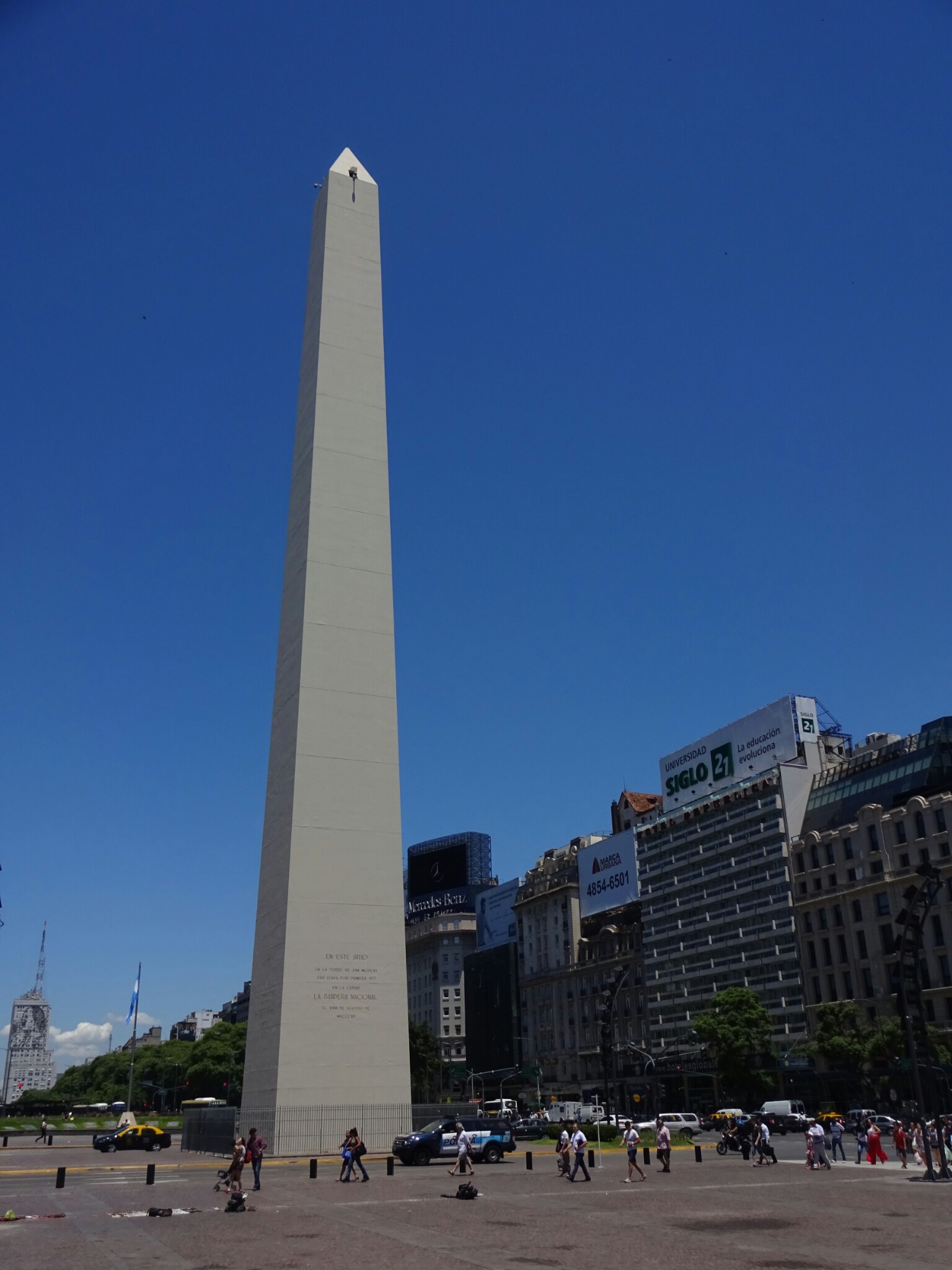



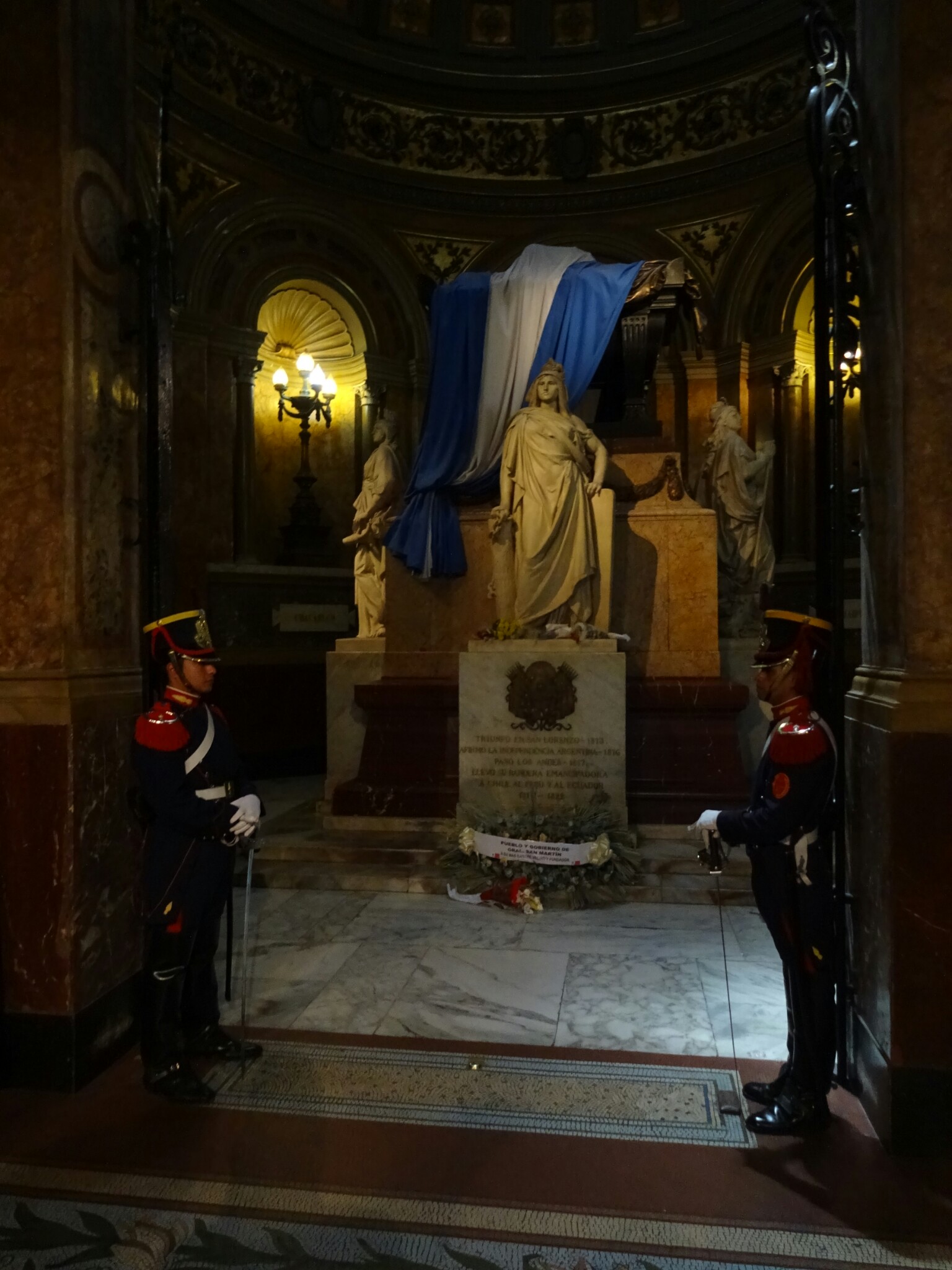
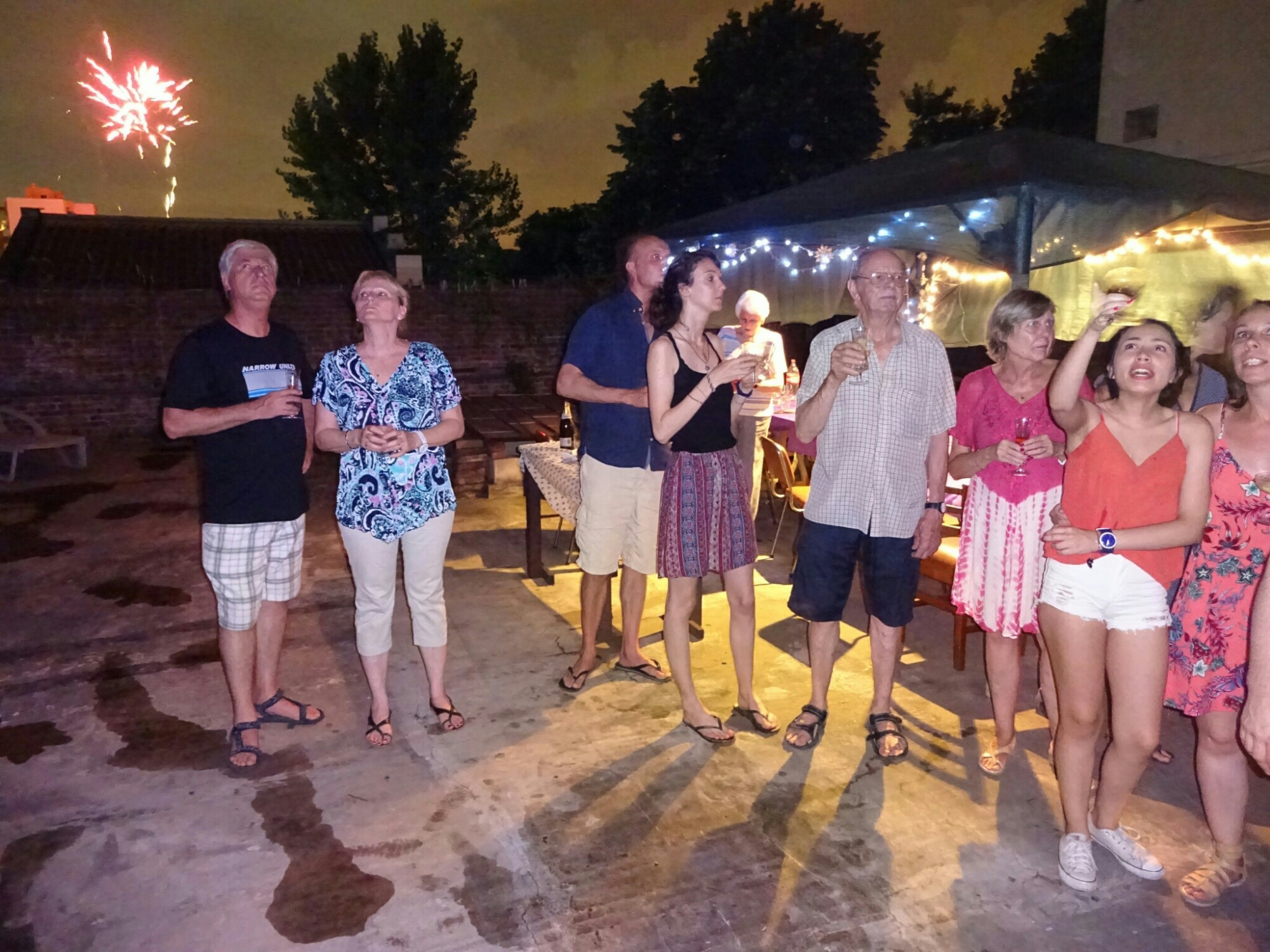
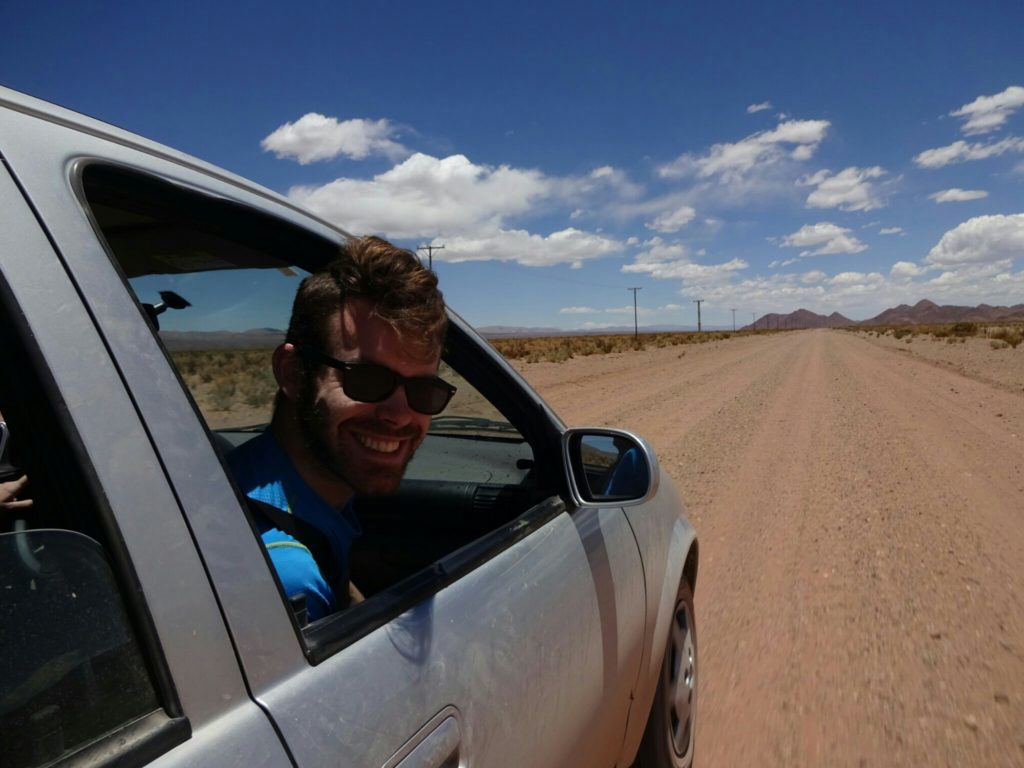
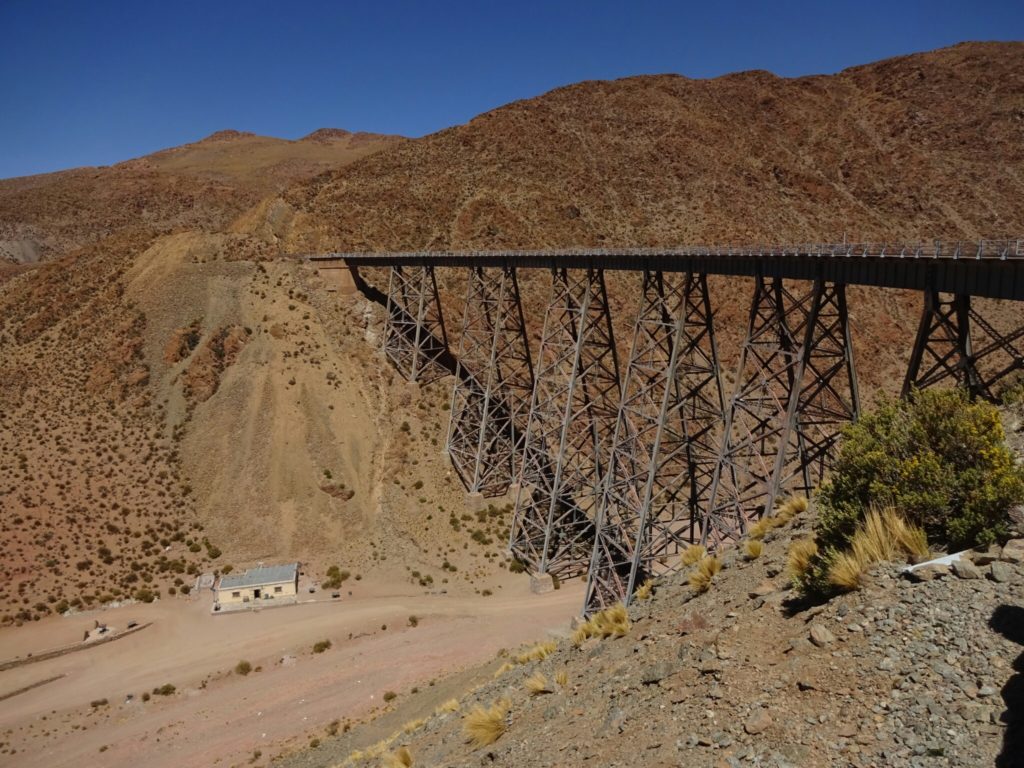

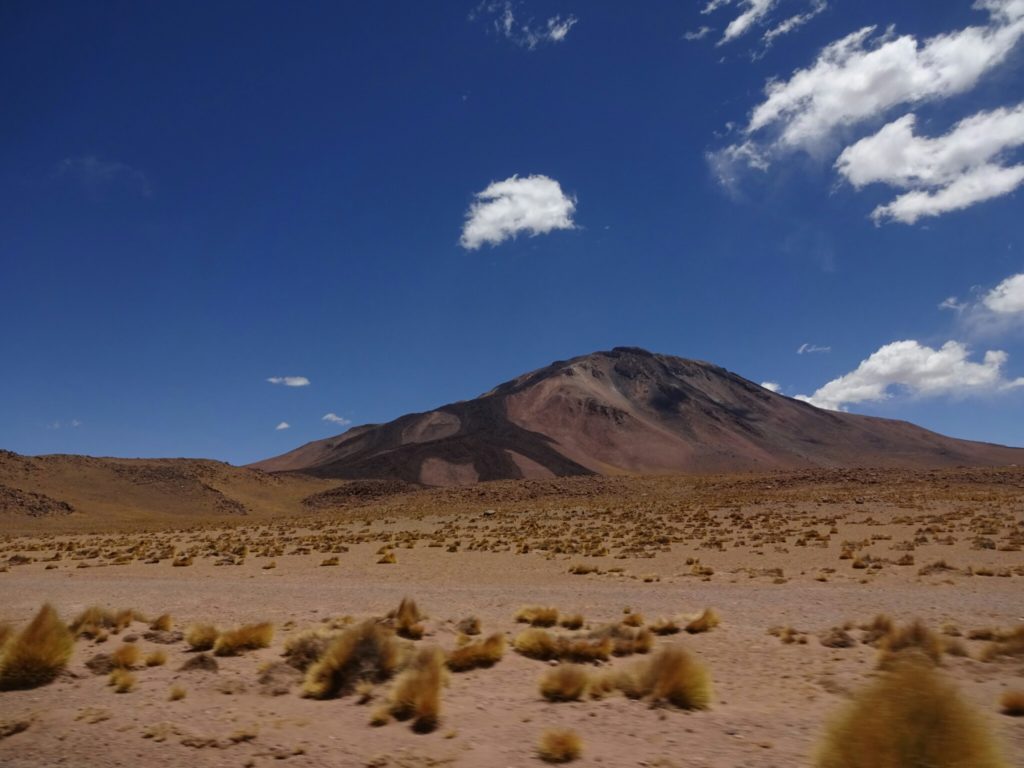
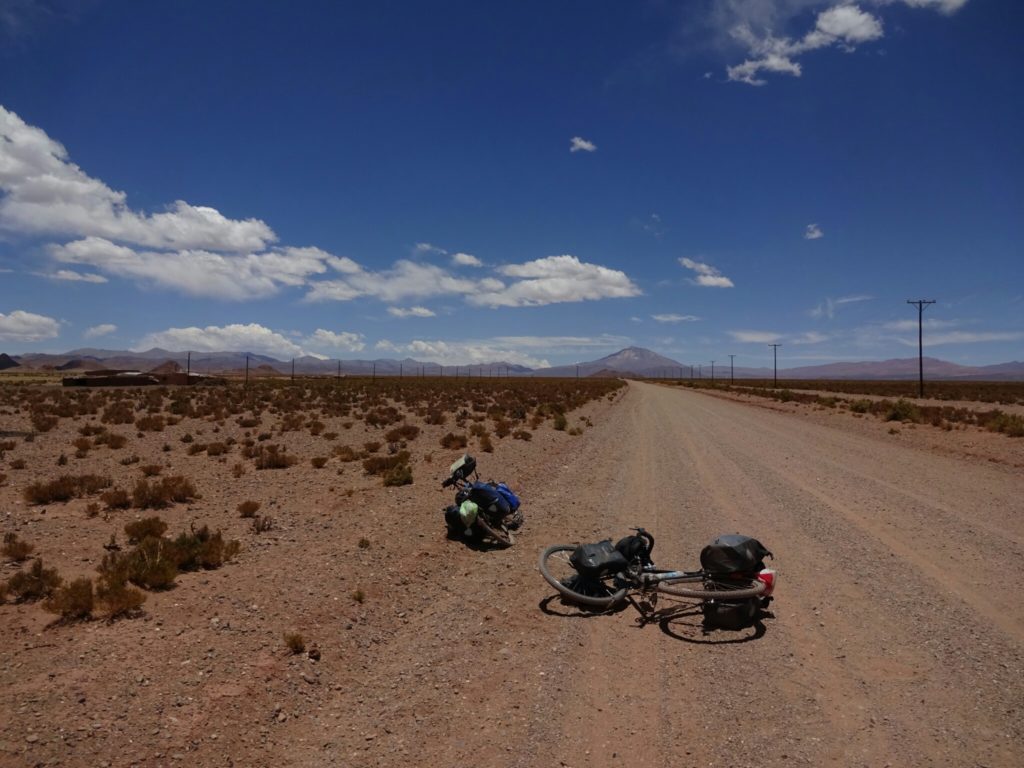
![{"total_draw_time":0,"uid":"1ed8038c-5aff-4d64-ba22-8e7609b39949","layers_used":0,"effects_tried":0,"photos_added":0,"origin":"unknown","effects_applied":0,"brushes_used":0,"total_effects_time":0,"total_draw_actions":0,"total_editor_actions":{},"longitude":-1,"total_effects_actions":0,"latitude":-1,"tools_used":{},"fte_image_ids":[],"total_editor_time":2}](https://www.wheredoyougo.de/wp-content/uploads/PicsArt_01-01-09.14.01-1024x768.jpg)
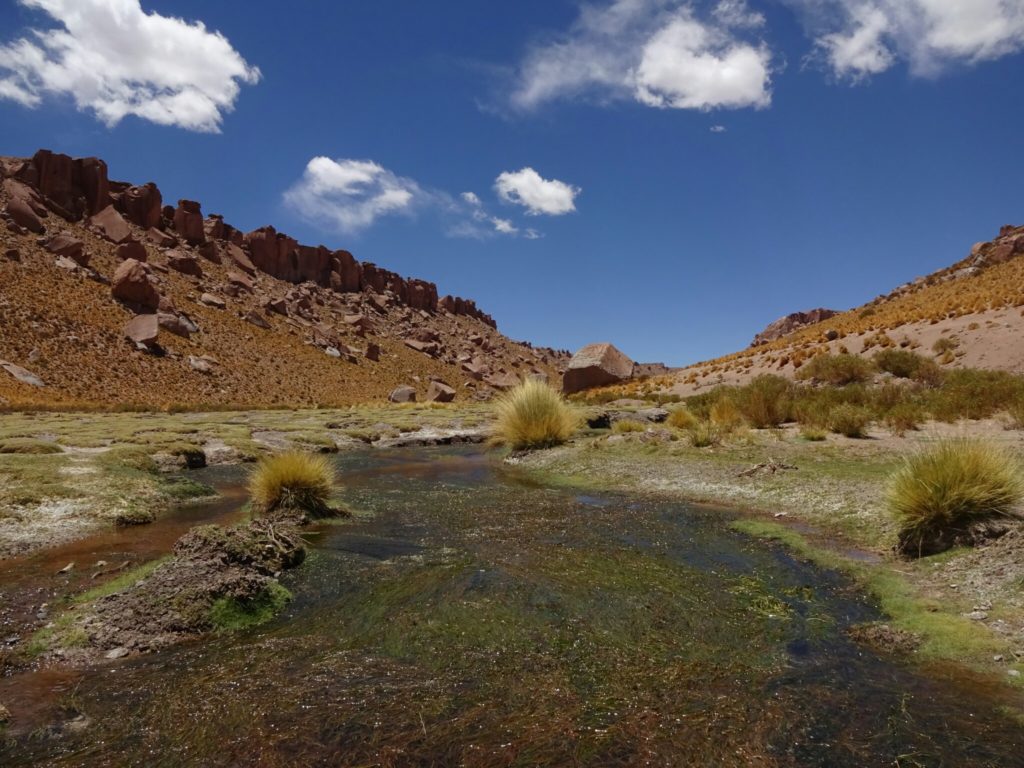 Salty rivers…
Salty rivers…
